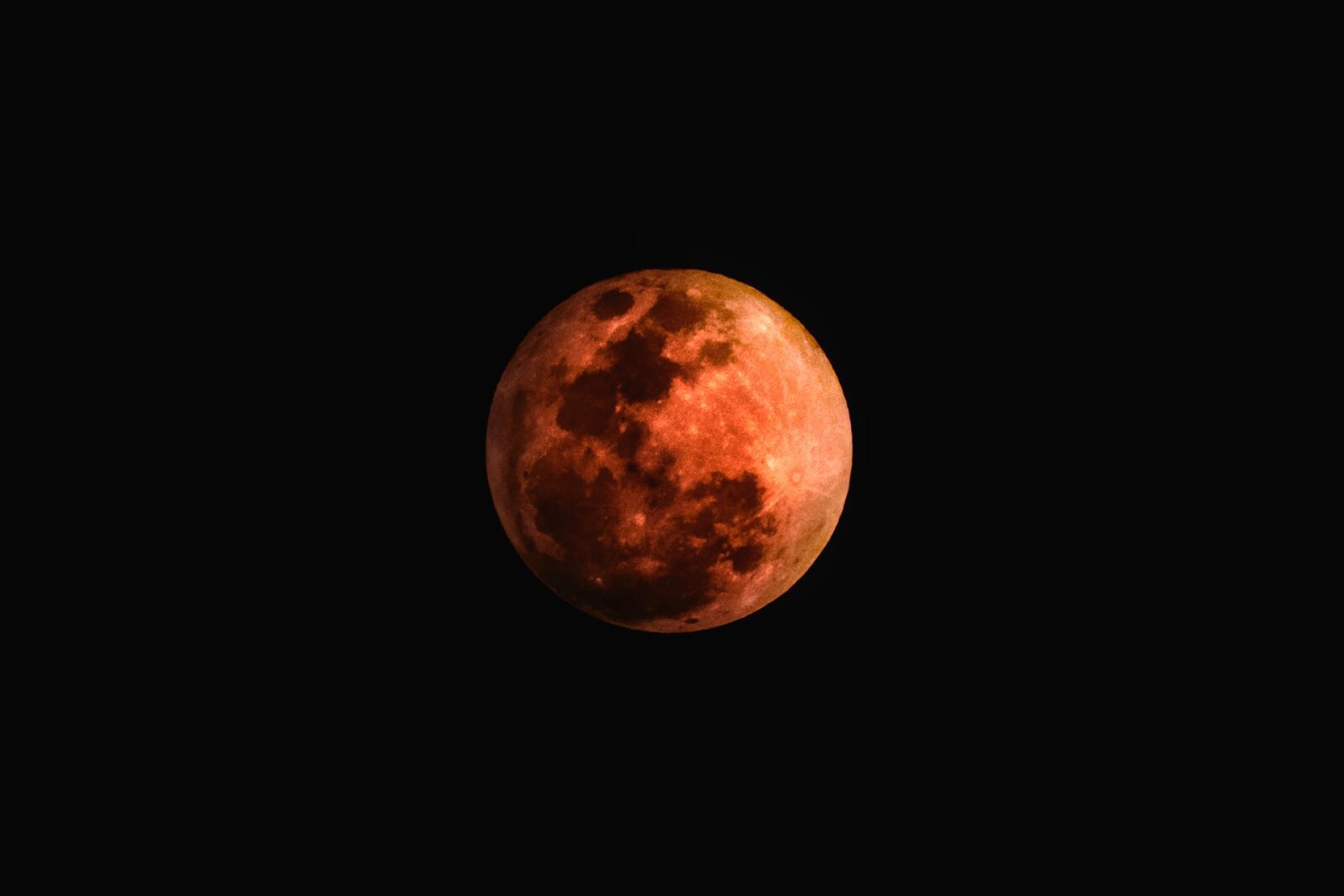Here’s when to see this weekend’s complete lunar eclipse of the blood moon.
During a complete lunar eclipse, the Earth travels between the sun and the full moon, obscuring the moon’s surface from view. Due to the large shadow created by the Earth on the lunar surface, a blood moon occurs when the moon appears a stunning shade of red. Due to its near proximity to Earth, Sunday’s full moon is often referred to as a “supermoon,” making it seem larger and brighter than normal.
There will be a complete lunar eclipse visible from parts of the Americas, Africa, Europe, Asia, and the East Pacific. New Zealand, eastern Europe, and the Middle East will be able to see a penumbral eclipse when the outer half of the Earth’s shadow covers the moon.
A partial lunar eclipse will begin around 10:28 p.m. EDT on May 15th, based on where you live (0228 GMT on May 16). On May 16, around 12:11 a.m. EDT (04:11 a.m. GMT), the Blood Moon will be at its fullest before the lunar eclipse concludes at 1:55 a.m. EDT (0555 GMT). Beginning an hour before the partial eclipse, the penumbral moon stage of the eclipse will start and will terminate an hour following the partial eclipse. Lunar eclipse watchers who are fortunate enough to be in its path will have to wake up early to see the spectacle. There’ll be a NASA Science Live livestream accessible on YouTube.
What is a blood moon?
A blood moon is an astronomical phenomenon that occurs when the Moon passes through Earth’s shadow in a total lunar eclipse. The Moon takes on a reddish hue as it travels through Earth’s shadow; this coloration is due to the rayleigh scattering of blue light in Earth’s atmosphere and is the same reason sunsets are red.
What is a penumbral eclipse?
Only part of earth blocks some light from reaching the moon, but not enough to completely cover it or make its edges look dark like an annular eclipse would do. This happens when there’s no part of sun visible from earth but inner parts (called umbra) are visible around it












Leave a Reply